Video
What Is SLA Management for Automation?
Regardless of industry, workload automation tools play a critical role in business success. Service Level Agreements are often put in place to ensure that the business runs smoothly, maximizes its profits, and satisfies its customers.

Video Transcript
Understanding Service Level Agreements (SLAs)
A Service Level Agreement (SLA) is a formal, negotiated agreement between a service provider and a customer. It outlines the service to be provided, the performance standards to be met, and the measurable expectations—including penalties if they are not met.
In the world of automation, some processes come with defined contractual SLAs. For example, a financial services organization may receive a regulatory fine if certain processes are not completed before the stock exchange opens.
However, SLAs aren't always formal. You might think you don't have SLAs for your automated processes, but even without contractual agreements, internal customers and service consumers often have implicit SLAs.
Internal vs. External SLAs
Many organizations establish internal deadlines for automated system maintenance and service delivery. Even if they aren't tied to external contracts, these agreements define expected levels of performance.
At its core, an SLA in automation is anything requiring a specific level of performance to meet service delivery expectations. If a task or job within an automation system needs to be completed by a specific time or within an acceptable duration, it is almost certainly tied to an SLA.
By understanding SLAs in automation, organizations can ensure efficient service delivery, meet compliance requirements, and set realistic performance expectations for both internal and external stakeholders.
|
Note: This transcript was generated with the assistance of an artificial intelligence language model. While we strive for accuracy and quality, please note that the transcription may not be entirely error-free. We recommend independently verifying the content and consulting with a product expert for specific advice or information. We do not assume any responsibility or liability for the use or interpretation of this content. |
